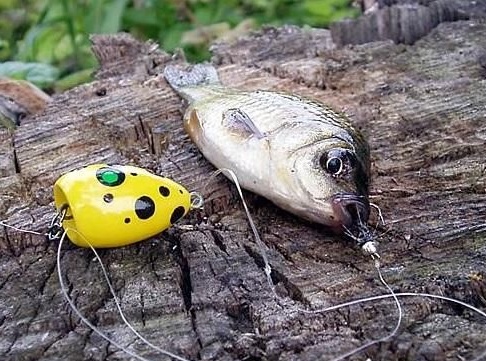
Those who at least once caught a rudd should know that this is a rather time-consuming process. This fish prefers to spend the largest part of its life in thickets of underwater vegetation, reeds, and snag, here it searches for food, and also hides from predators. For fishing in precisely such places, the author came up with a special tackle, which today is successfully used when fishing not only rudd, but also other fish, for example, chub, perch or even crucian carp.
The peculiarity of this bait is that when fishing in hard-to-reach places it is almost impossible for it to catch and thus lose gear.
Materials and tools:
- a piece of wire 10 cm long and 1 mm in diameter;
- a small piece of fine-grained (solid) foam;
- fluorocarbon for the manufacture of leads;
- hook 5-7 numbers with a long forearm;
- a piece of sheet lead for loading;
- a minimum set of tools (knife, pliers, sandpaper, glue, varnish, nippers, etc.);
- some little things to create nozzles.
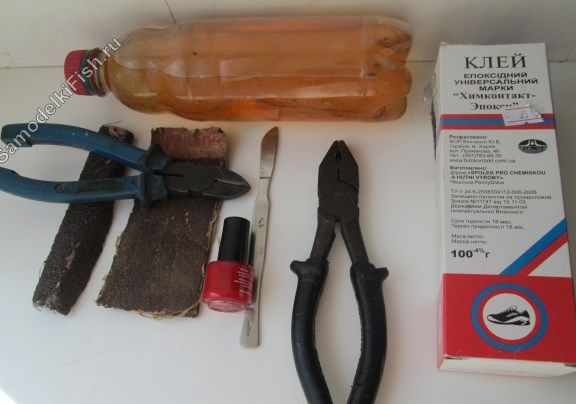
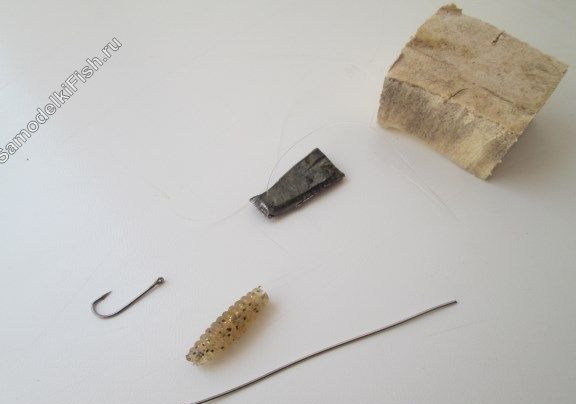
The manufacturing process of Popl Popper
Step one. Create popper
Popper needs to be cut from a piece of polystyrene. For these purposes, you can use a knife, the author liked to work with a scalpel. As a result, the size of the workpiece should not exceed 30 mm.
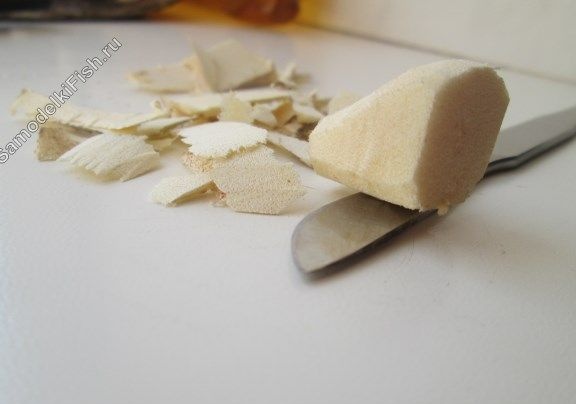
Further, the workpiece is well processed with large sandpaper. You need to grind off all sharp edges and give the popper smooth shapes. In addition, with the help of sandpaper in the nose of the popper, a small cup is turned. Thanks to this deepening, noise will be created that attracts fish.
At the final stage, the popper is processed with fine-grained sandpaper and its maximum smoothness is achieved.
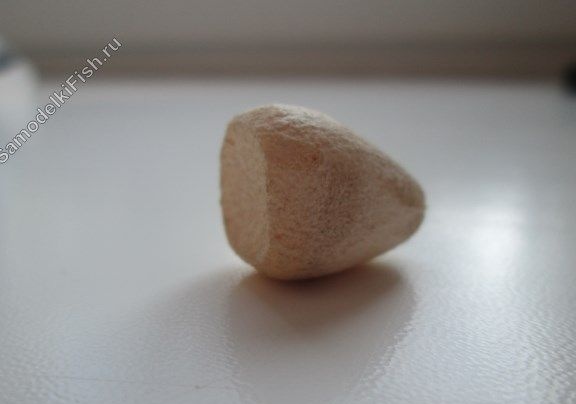
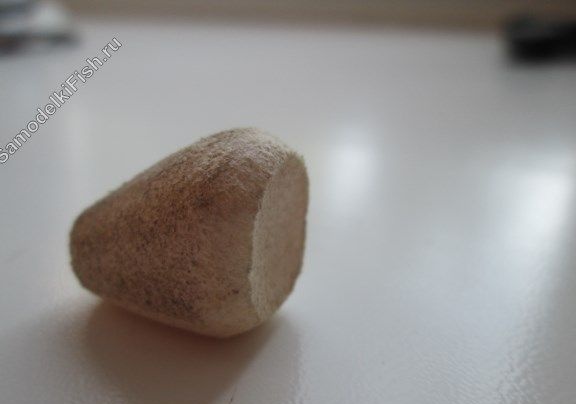
Step Two Mounting the bait
At the bottom of the popper you need to make a longitudinal section. Next, you need to bend the wire so that two ears form at both ends, then this wire is inserted into the popper incision. A fishing line will be attached to the front loop, and a leash to the back loop.
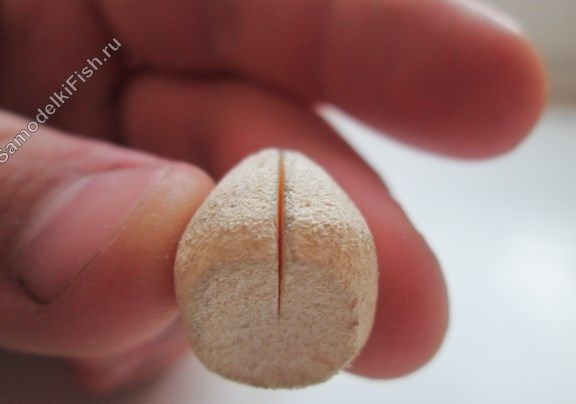
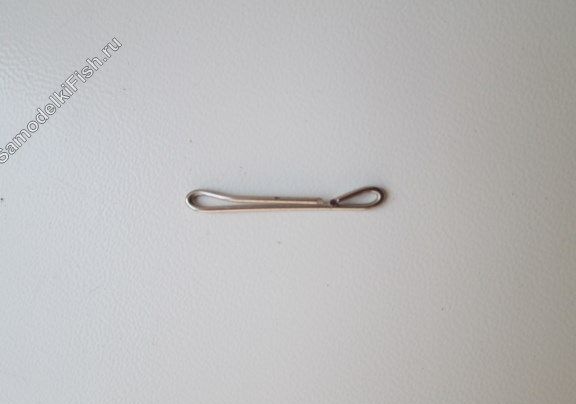
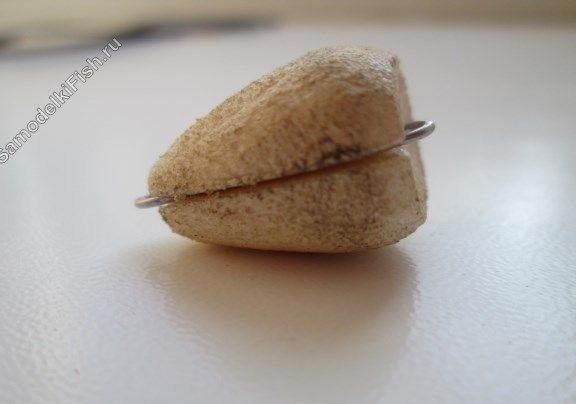
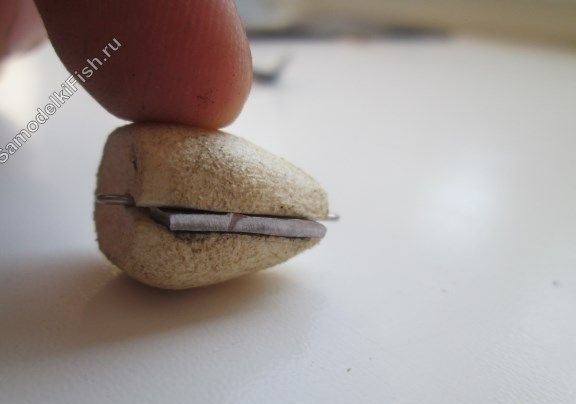
Now the popper needs to be loaded, for this purpose a piece of sheet lead is used. Weight is selected depending on the spinning test. The heavier the load, the easier it will be, of course, to throw tackle.
In addition, the weight will constantly stabilize the popper and it will always be in the same position in the water, a kind of “tumbler”.
It is also important not to overdo it with the load, otherwise the bait may begin to sink. It’s best to do a few house experiments before fully assembling your gear.
The weight can be put on glue, but it is best to use epoxy for these purposes. After the resin has hardened, the installation site can be sanded and made almost invisible. Cold welding is also excellent for these purposes; it also lends itself perfectly to grinding.
After this, the popper can be painted, in conclusion it is covered with colorless varnish.
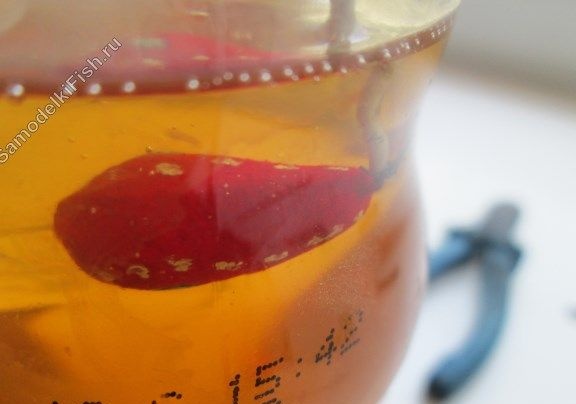
Step Three Leash Installation
Fluorocarbon is best used to create a leash. The leash length can be different, it all depends on the fishing conditions. The optimal size is 15 cm.
The leash is attached to the popper using the usual “clinch”.
To the other end of the leash we attach a hook and a simulator nozzle. It can be an imitation of a fly, any insect that has fallen into water and so on. Various materials can be used here, tinsel, thread, beads and so on. You can also snap an inch twister to the hook by cutting off its tail.
However, a real nozzle, for example, a worm, flies, caddis flies, and so on, is quite possible to put on a hook.
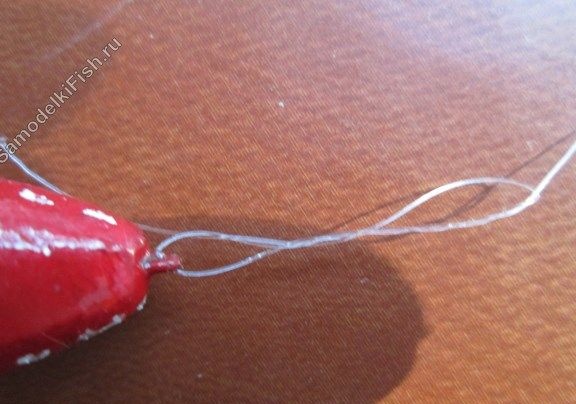
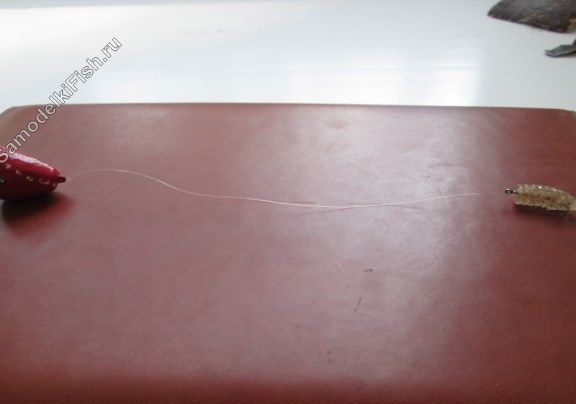
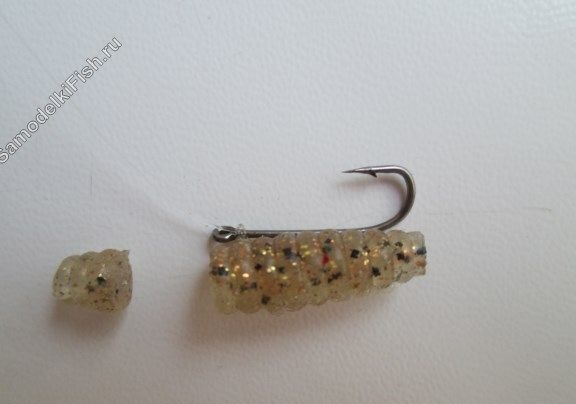
Now you can start fishing. The main idea is to interest fish that are in the depths with visual animation and noise on the water. It should give the impression that a fish is feeding above or attacking an insect that has fallen into the water. The wiring should be intermittent with pauses of the order of 5 seconds. In about this time, the hook with the bait will lower and with this lowering, in most cases, the fish will attack it.
Most often, the popper is an indicator of the bite, that is, it also plays the role of a float. Also, bites can be transmitted to the hand in the form of strokes.
